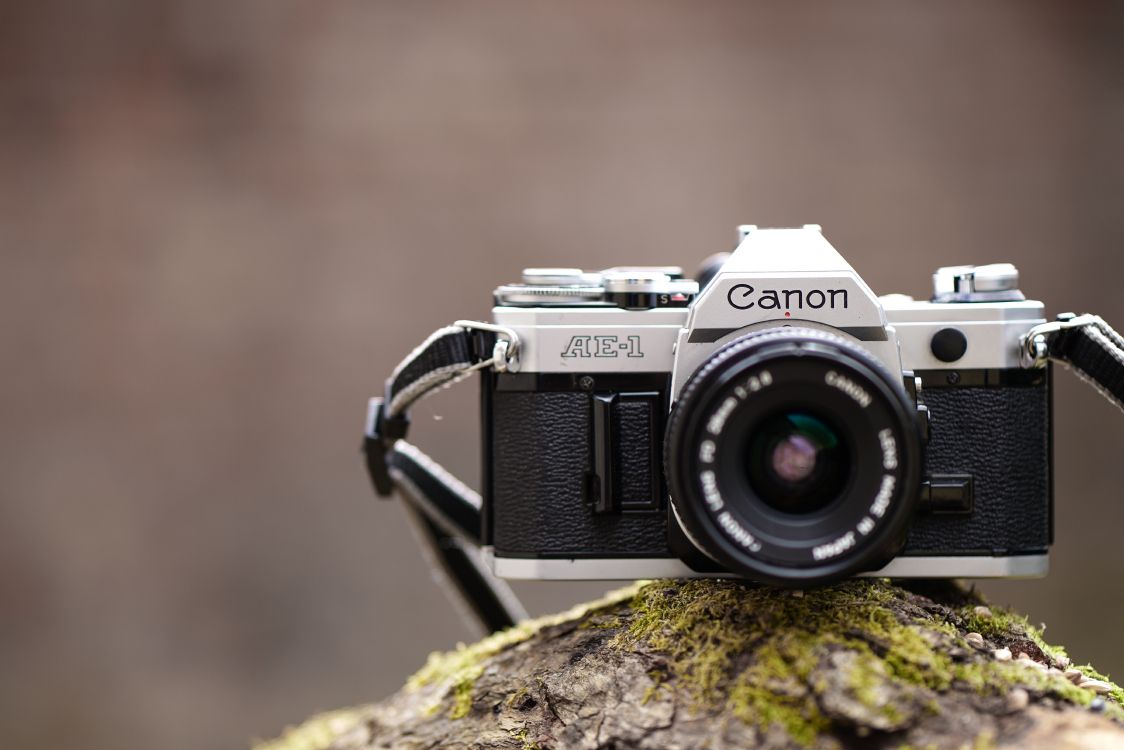How to Set Up a DSLR Camera: A Detailed Guide for Pros
Setting up a DSLR camera can seem daunting, even for professional photographers. Whether you're transitioning from another camera type or aiming to refine your skills, knowing how to set up your DSLR effectively is crucial.

Understanding Your DSLR
Before diving into the setup, it's essential to familiarize yourself with your DSLR camera. Each brand, whether Canon, Nikon, or Sony, has unique features. Get acquainted with the camera manual to understand all buttons, menus, and modes.
Camera Anatomy
Understanding the parts of your DSLR is the first step. Typically, you will interact with components like the lens, viewfinder, LCD screen, and control buttons. Knowing what each part does will make the setup process smoother.
:max_bytes(150000):strip_icc()/DSLR-camera-56e0b8ee5f9b5854a9f865ca.jpg)
Initial Configuration
Start by inserting a fully charged battery and a formatted memory card. These basics are often overlooked but are pivotal for your camera to function correctly.
Setting Date and Time
Adjusting the date and time settings is crucial for organizing your photos. This metadata helps when sorting and editing later on.
Selecting the Language
Choose your preferred language for the menu settings. This option is generally found in the browser menu of your camera.

Customizing Camera Settings
Once the basics are in place, you can move on to the more advanced settings that affect your photography.
Picture Styles
Most DSLRs come with various picture styles such as portrait, landscape, and neutral. Select a style that suits your subject to get the desired result.
White Balance
The white balance settings help capture colors accurately under different lighting conditions. Setting it manually can be beneficial if you're shooting in challenging environments.

Optimizing Focus
Precision focusing is key in professional photography. DSLRs offer different focus modes like single-point AF and continuous AF. Choose the mode that aligns with your subject's movement.
Auto Focus Settings
Some DSLRs offer customizable AF settings. Dive into your camera's AF menu to adjust settings like tracking sensitivity and point selection.
Shooting Modes
Understand the various shooting modes like aperture priority, shutter priority, and manual mode. These modes offer different levels of control over exposure settings.
Manual Mode
Use manual mode for complete control over the camera settings. This mode is highly recommended for professional photographers aiming for precision.
Exploring Advanced Features
Modern DSLRs come equipped with advanced features like Wi-Fi connectivity, GPS tagging, and touchscreens. Familiarize yourself with these features to enhance your shooting experience.
Wi-Fi and Bluetooth
Enabling Wi-Fi and Bluetooth can make transferring photos to a computer or cloud storage more convenient.
Essential Accessories
Apart from understanding your camera, it's essential to have the right accessories. A sturdy tripod, extra batteries, and high-speed memory cards can significantly affect your workflow.
Lenses
Investing in good lenses allows you to capture higher quality images. Different lenses are suited for different types of photography, so choose accordingly.
FAQ
What is the first thing to do when you get a DSLR?
Start by reading the camera manual and understanding its basic features.
How do I set the shutter speed on a DSLR?
You can set the shutter speed in both manual and semi-automatic modes by turning the dial usually located on the top of the camera body.
How important is lens calibration?
Lens calibration ensures that your lens focuses accurately, which is crucial for professional-quality photos.
To learn more about setting up your DSLR camera, check out this [comprehensive DSLR purchase guide](https://photographylife.com/dslr-purchase-guide).
As an Amazon Associate, I earn from qualifying purchases.

